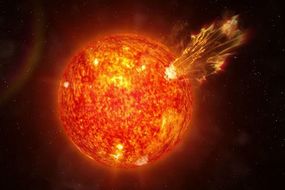Space travel breakthrough: Spacecraft which could cover 3.6m miles per day passes test – Express.co.uk
A SPACESHIP which is so fast it could travel 3.6 million miles per day has been successfully tested in Earth’s orbit.
The Lightsail 2 craft is an experiment to prove the practical application of a controlled ‘solar sail’, which has the ability to far outstrip traditional rocket engines. The revolutionary mission was launched on June 25 and developed by ‘The Planetary Society’, based in the US. The voyage became the first ever to demonstrate solar sailing and used energy from the Sun to orbit Earth.
The tiny 10x10x30cm spacecraft was powered with propelled sunlight bouncing off its mirrored sails.
The exploration used thin plastic sheets to gather the momentum from the Sun.
Most notably the spacecraft was able to manoeuvre without the need for fuel or engines.
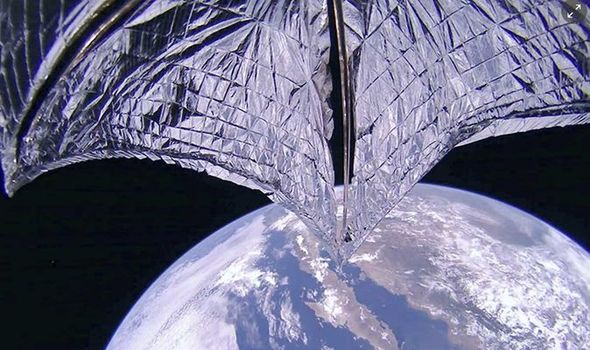
The Lightsail 2 was successful in its orbit around Earth (Image: AP)
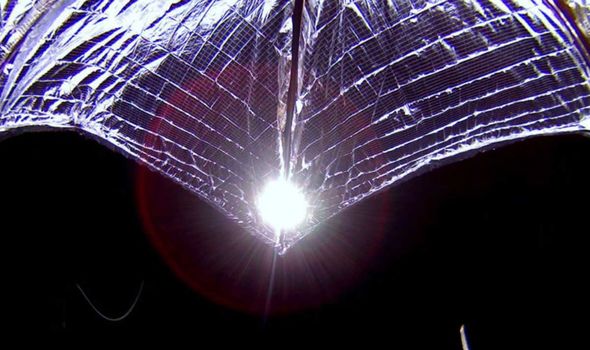
The voyage became the first ever to demonstrate solar sailing (Image: The Planetary Society)
Bruce Betts LightSail program manager and Planetary Society chief scientist hailed the groundbreaking mission.
Mr Betts said: “We’re thrilled to announce mission success for LightSail 2.
“Our criteria was to demonstrate controlled solar sailing in a CubeSat by changing the spacecraft’s orbit using only the light pressure of the Sun, something that’s never been done before.
READ MORE: Sun explosion: Terrifying moment Sun shockwave sends particles flying

The exploitation used thin plastic sheets to gather the momentum from the Sun (Image: GETTY)
“I’m enormously proud of this team. It’s been a long road and we did it.”
Leading scientist and Planetary Society CEO Bill Nye said the mission was a “game-changer” for further space exploration.
He said: ”For The Planetary Society, this moment has been decades in the making.
“Carl Sagan talked about solar sailing when I was in his class in 1977. But the idea goes back at least to 1607, when Johannes Kepler noticed that comet tails must be created by energy from the Sun.
DON’T MISS
Earth’s magnetic field reversal is co ming [ANALYSIS]
Mystery fireballs captured falling from sky may be part of asteroid [VIDEO]
The Big Bang Theory science: Was the science really accurate? [ANALYSIS]
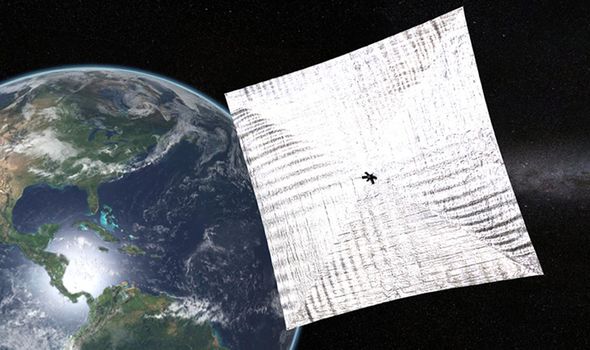
Lightsail: An artist impression of the space craft in orbit (Image: PA)
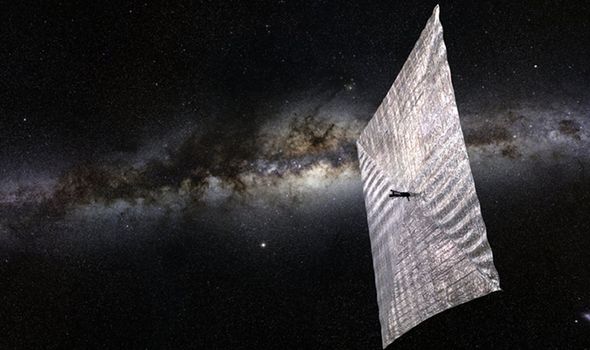
Lightsail: The designs were released on the launch of the spacecraft (Image: PA)
“The LightSail 2 mission is a game-changer for spaceflight and advancing space exploration.”
The LightSail 2 is a crowdfunded mission and involved donations from 50,000 people from across the world.
Jennifer Vaughn Planetary Society CEO said the mission can be a “paradigm shift” to get more people involved in space missions.
Ms Vaughn said: “LightSail 2 proves the power of public support.
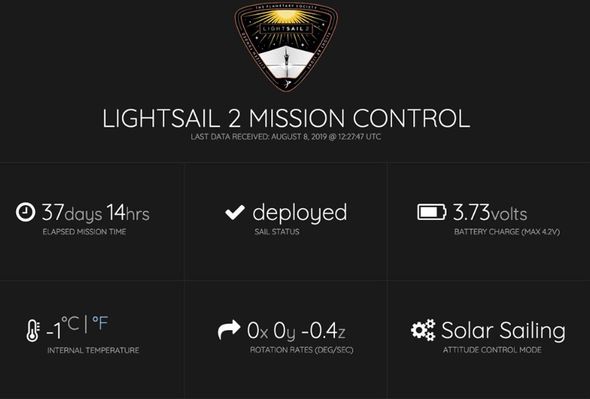
Lightsail: The Planetary Society tweeted out the last information emitted from the spacecraft (Image: TWITTER•@exploreplanets)
“This moment could mark a paradigm shift that opens up space exploration to more players.
“It amazes me that 50,000 people came together to fly a solar sail.
“Imagine if that number became 500,000 or 5 million. It’s a thrilling concept.”
In a statement on the Planetary Society Twitter account, the team wrote: “LightSail2 is now the highest performing solar sail to date and it’s 100% crowdfunded by our members and backers!”
• The idea for solar sailing dates back to the 17th century
• NASA came up with the plan for a solar sail to Halley’s comet in the 1970s
• Russia teamed up with the Planetary Society for a doomed solar test for Cosmos 1 in 2001 and 2005
• Japan launched Ikaros – the first solar sail flight in 2010
• LightSail2 was launched aboard SpaceX’s Falcon Heavy rocket in 2019
• LightSail2’s mission is to be the second-ever controlled solar sail flight and the first in Earth orbit
LightSail 2 has a limited lifespan and is doomed to be destroyed.
The spacecraft will eventually crash into the sun and burn as it continues its orbit.
The technology follows LightSail 1 which managed a much lower orbit on the same approach.
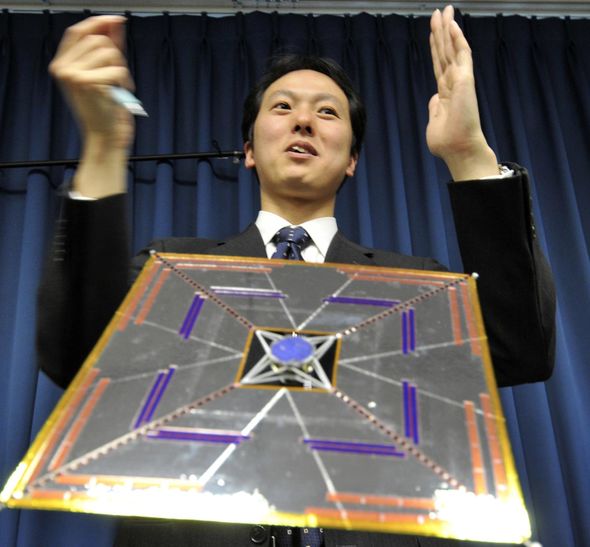
Ikaros: Japan’s space craft was the first of its kind to carry out the journey (Image: GETTY)
However, Lightsail is not the first solo-powered spacecraft to reach the other side of the sun.
Japan’s Ikaros, which was carried by a Mitsubishi H-2A rocket, made the journey in May 2010.
Ikaros was helped on its journey to Jupiter, where it landed, by a 20-metre sail after a three-year journey.
Reporting on the mission, Japan’s space agency said: “There will be the world’s first solar-powered sail craft employing both photon propulsion and thin-film solar power generation during its interplanetary cruise.”




